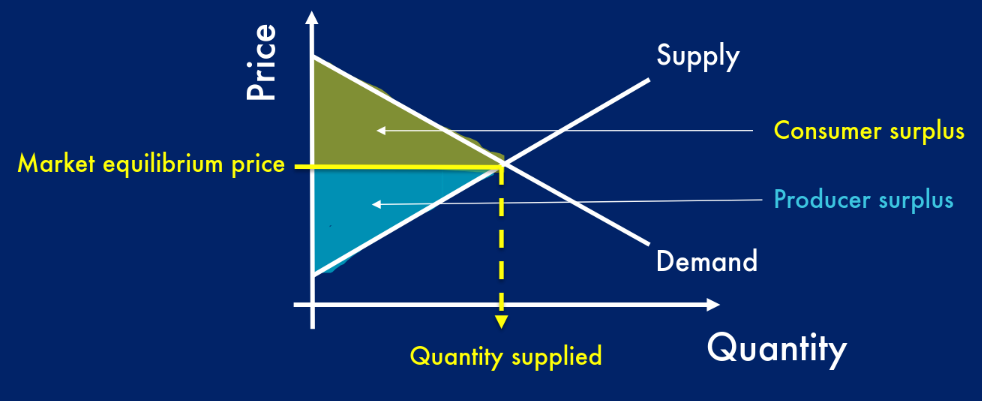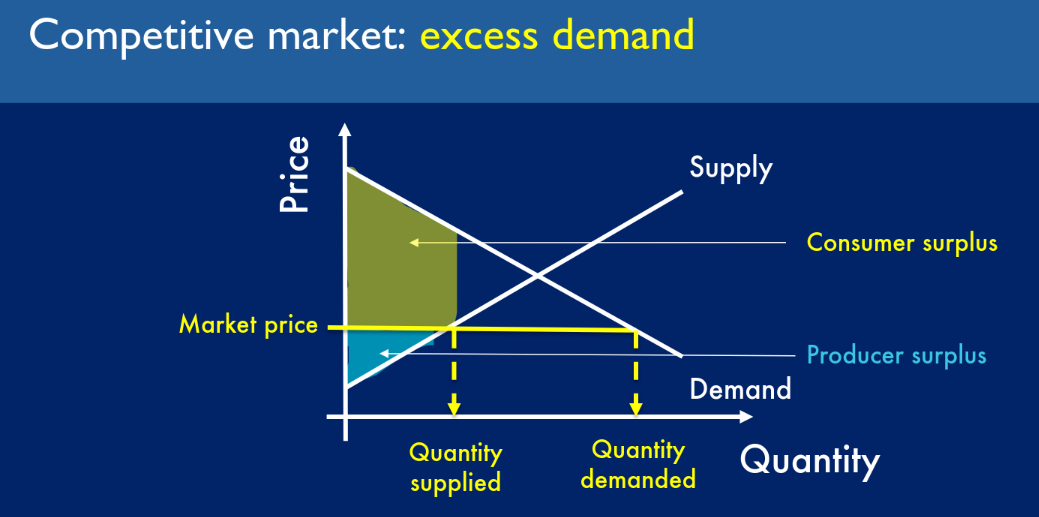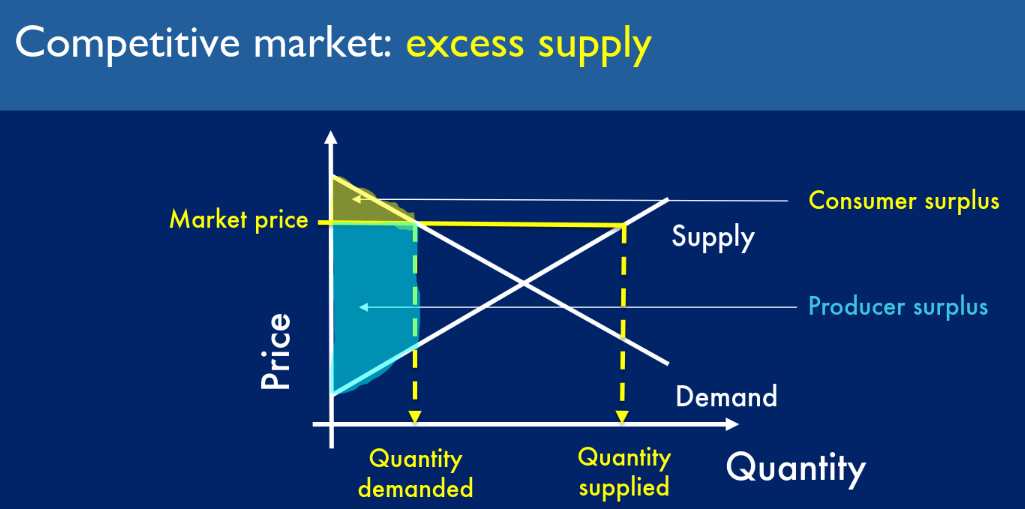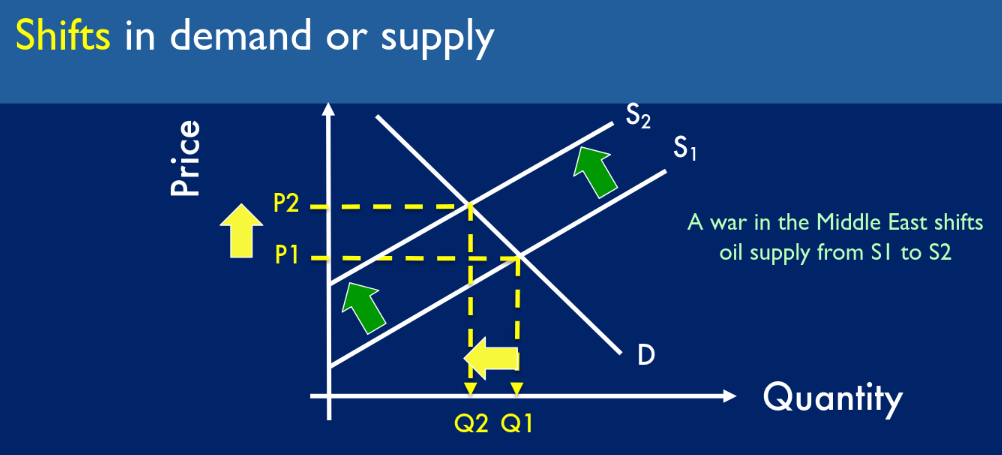Microeconomic Principles
Microeconomics is the study of individual consumers and businesses and how decisions are made based on the allocation of limited resources.
Consumers do not have unlimited money, and must decide what to buy, and for how much.
Businesses also do not have unlimited money, and must decide what to produce, how much to produce, and what price to set.
Supply and Demand
The equilibrium price is the price of a product when supply and demand are perfectly matched.
Marginal Benefit
Marginal benefit is how much value a consumer derives from increasing quantities of a specific product consumed. The law of diminishing marginal utility says that an individual will generally benefit less from each unit consumed.
This means that the more of a product the consumer has purchased, the less they are willing to pay for subsequent purchases. This means that setting the price of your product too high will reduce repeat purchases.
The marginal benefit curves will be different for different people, depending on how much they like a given product.
Aggregating the benefit curves for all consumers in a market gives you a demand curve for the product, showing the relationship between the price of a product and the total demand for it.
The consumer surplus is the area above the set price, describing the benefit consumers received that was above the amount they paid.
The expenditure is the area below the set price, i.e. the quantity sold multiplied by the price per unit.
The gradient of the demand slope is called the price elasticity, and shows how quickly the demand changes in response to a change in price. E.g. a shallow gradient (elastic demand) means that a small change in price results in a large change in demand. If the gradient is 45 degrees, we say that it has unit elasticity.
Some costs might be semi-variable, for example if paying overtime hours, or scheduling workers based on demand.
Economies of scale refers to the fact that initial hiring of new staff members result in great productivity increases, but these increases go down as you hire more and more staff members. This is called diminishing marginal returns.
Marginal cost refers to the cost of the last unit you produced.
The effect of diminishing marginal returns is that your cost per unit increases as you sell more units. This means you have to increase price per unit as you increase volume.
If this curve is shallow, then we refer to the supply as being elastic, as increases in volume result in small cost changes, the reverse is inelastic.
If you plot the supply curve, and the demand curve, the intersection determines the quantity that will be sold, and the price they will be sold at. 



Monopolistic Markets
A pure monopoly is the only company in the market, in the real-world, generally a company with above 25% market share is considered a monopoly.
A monopoly’s demand/supply curves are the same as the overall market curves. This means they can set their prices.
Cards
Q: What is the equilibrium price of a product? A: The price of the product when supply and demand are perfectly matched.
Q: What is marginal benefit? A: A marginal benefit curve shows the decreasing perceived value of a product to a consumer as the consumer purchases more units of it. E.g. each slice of pizza is less valuable than the last. The curve can be used to determine the price that maximises volume through increased repeat purchases.
Q: What is the relationship between a marginal benefit curve and a demand curve? A: The demand curve is the aggregation of the marginal benefit curves for all consumers in the market.
Q: What is consumer surplus? A: The area above the set price on the demand curve, showing the benefit consumers received which was above the price they paid.
Q: What is price elasticity? A: The gradient of the demand slope, and reflects how quickly the demand changes in response to a change in price. A shallow gradient (elastic demand) means that a small change in price results in a large change in demand.
Q: What does diminishing marginal returns mean? A: As you hire more staff, each successive hire provides less productivity to the business due to added overhead. It means that your price per unit increases as you increase volume.